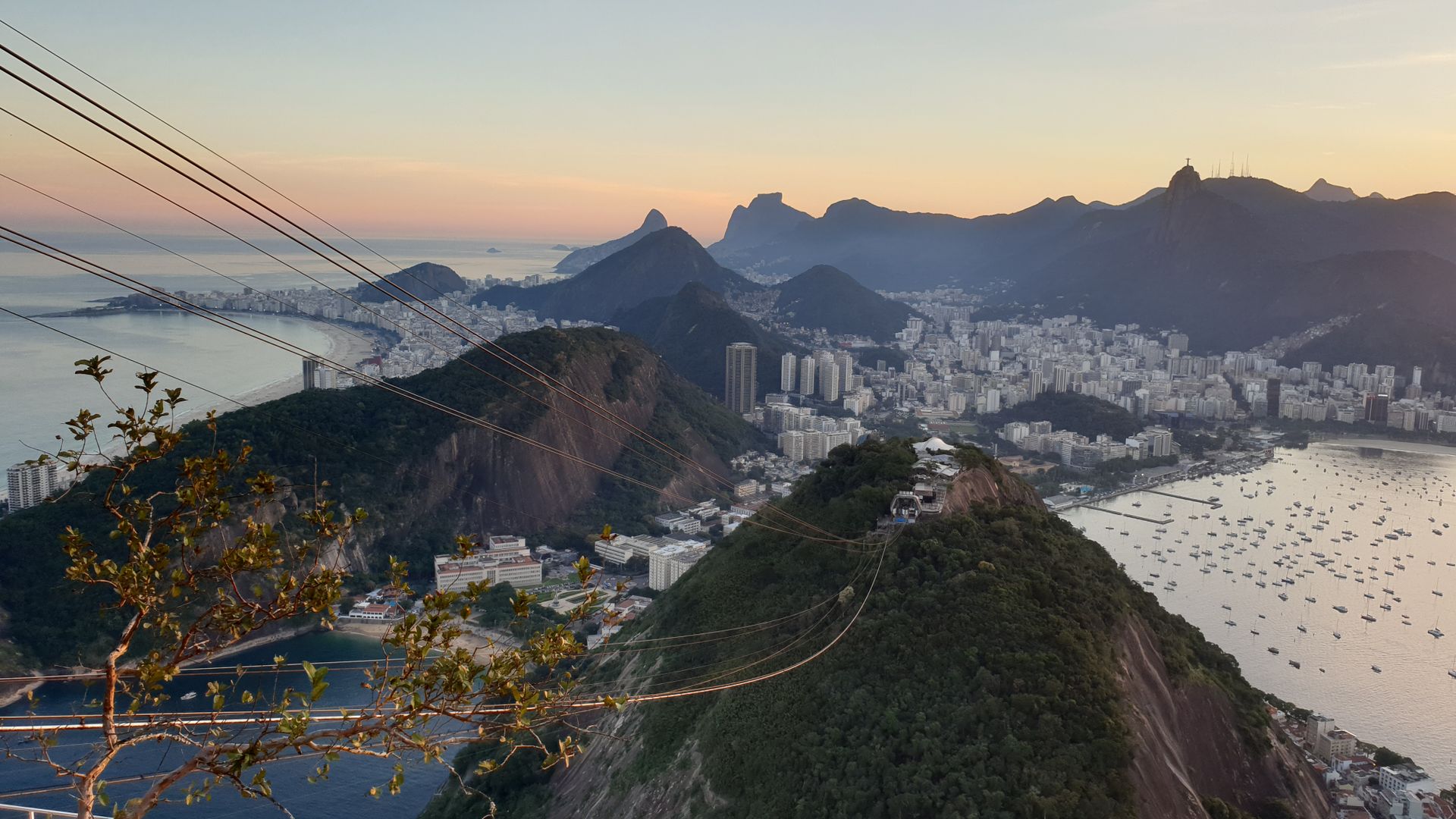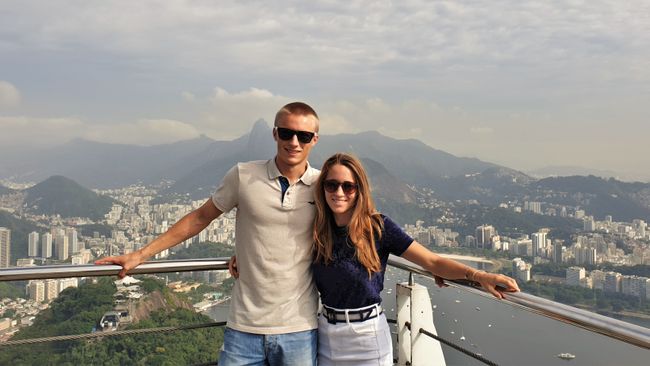Honduras #1 - Utila Cays
Опубликовано: 01.05.2020
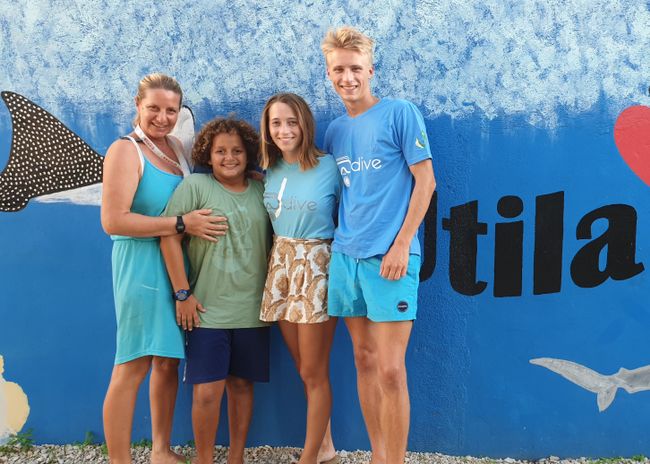
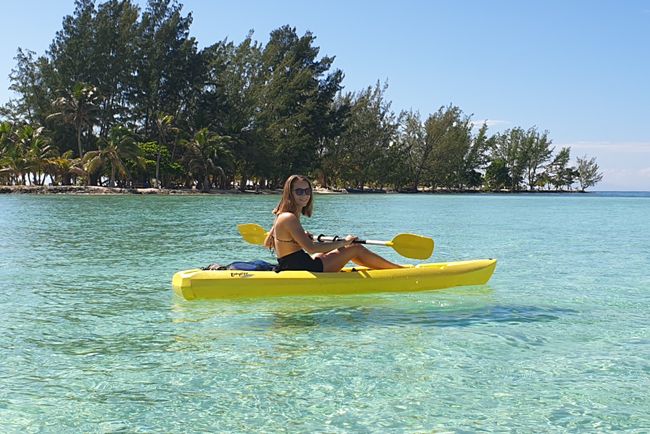
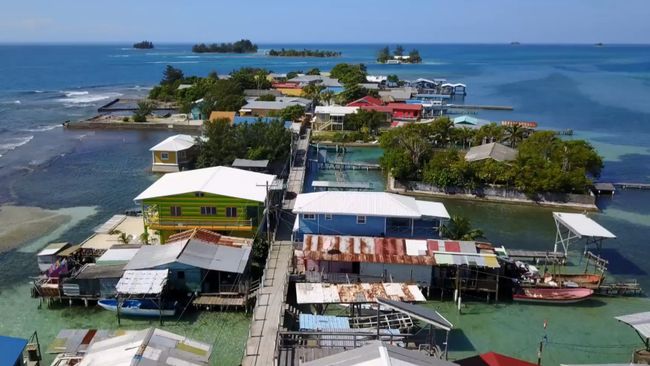
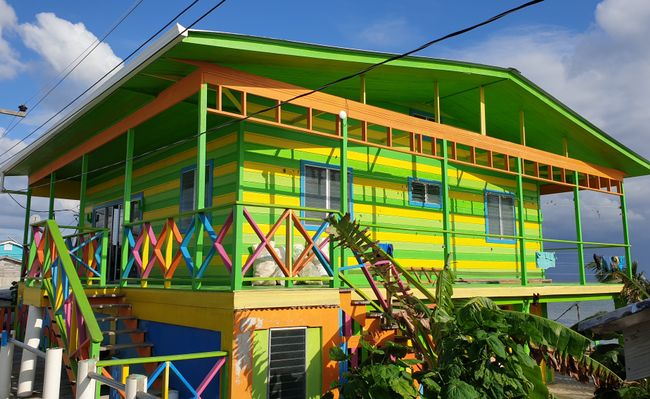
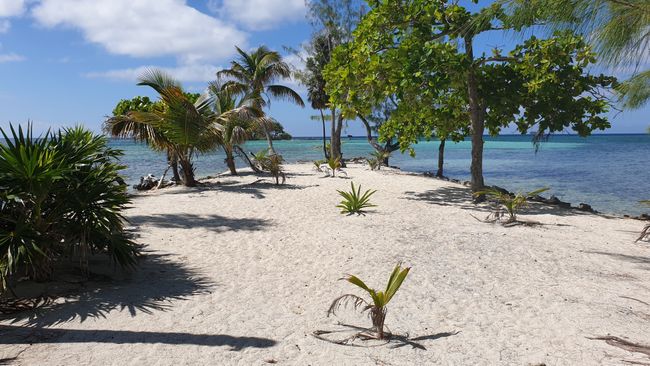
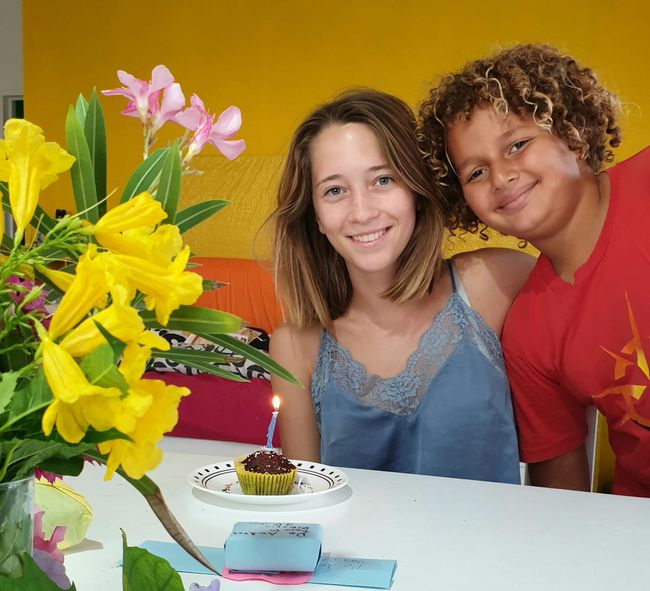
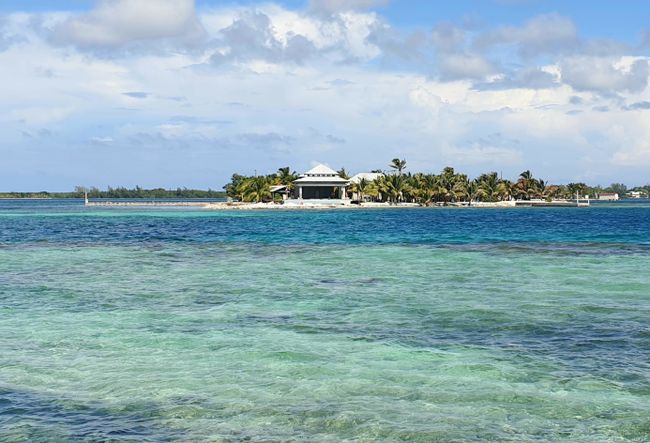
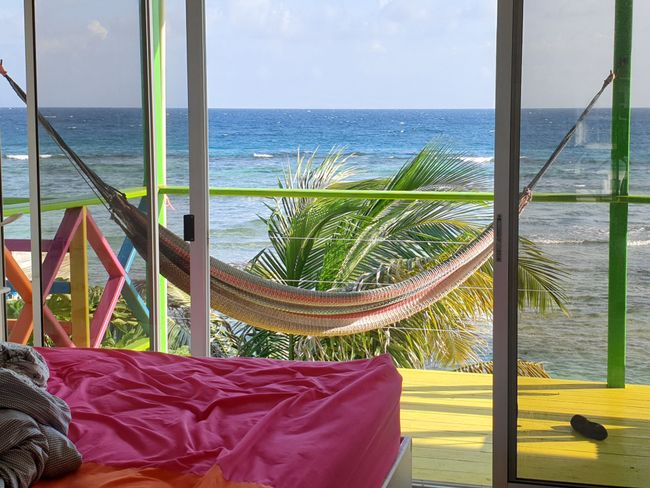
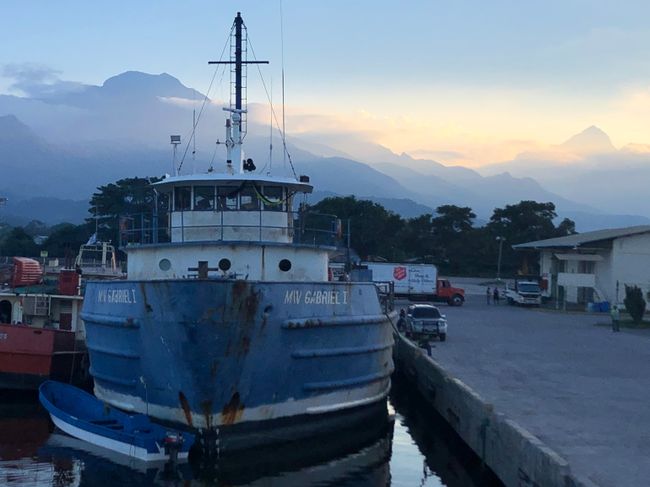
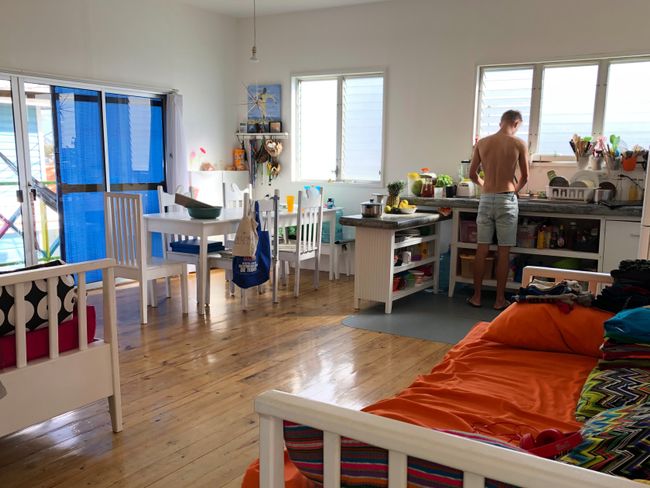
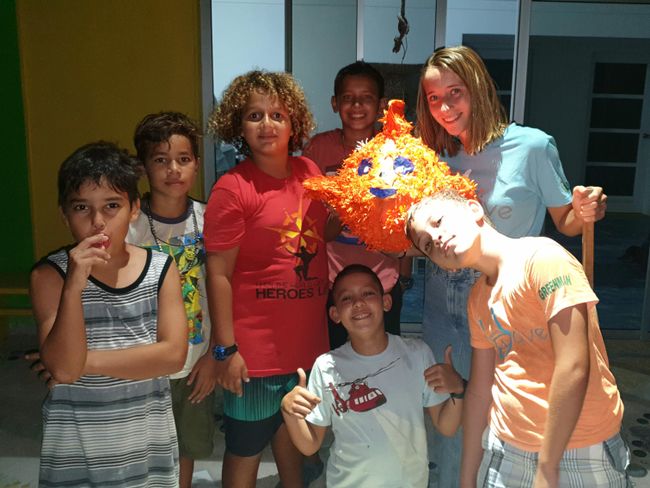
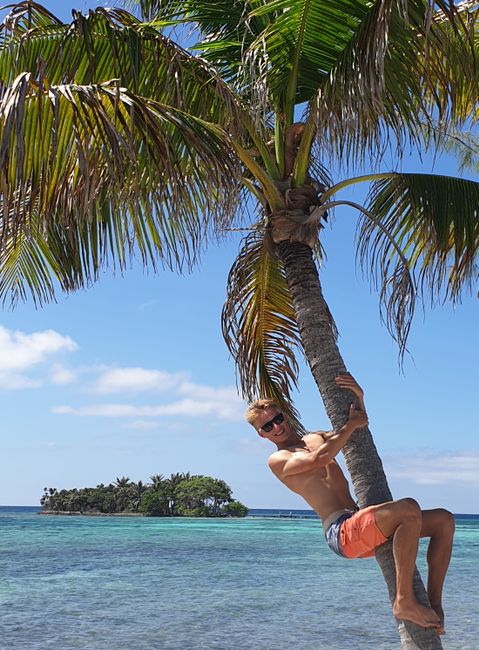
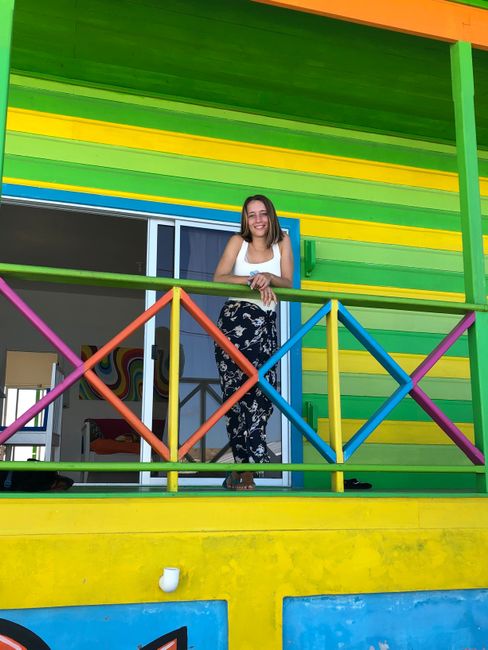
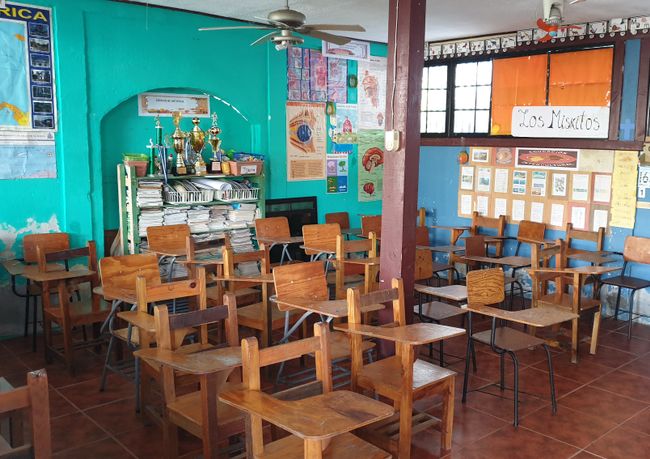
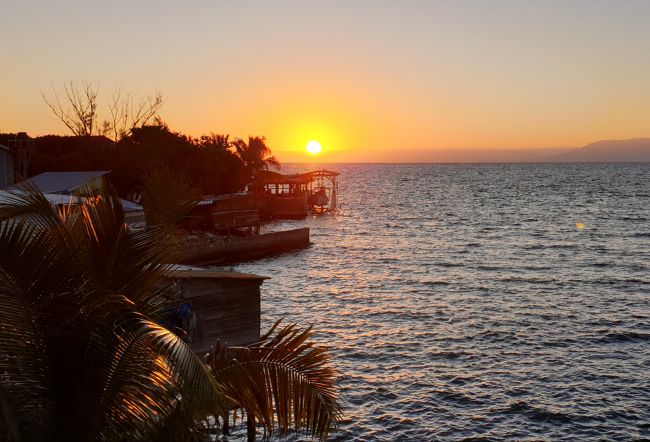
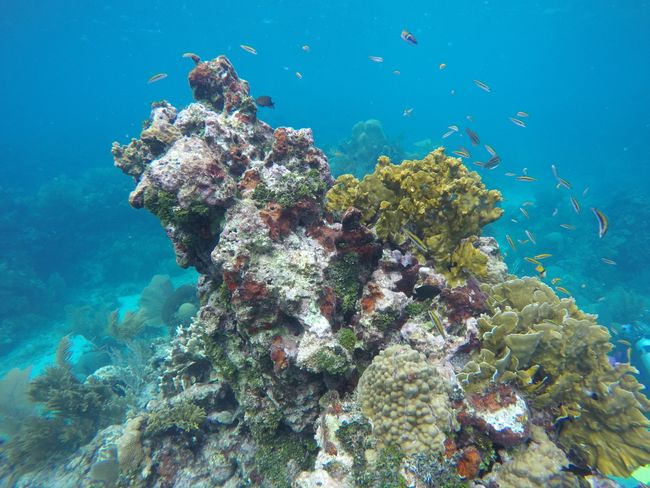
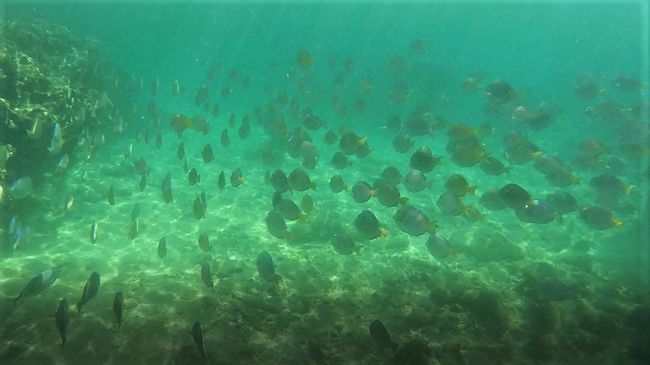
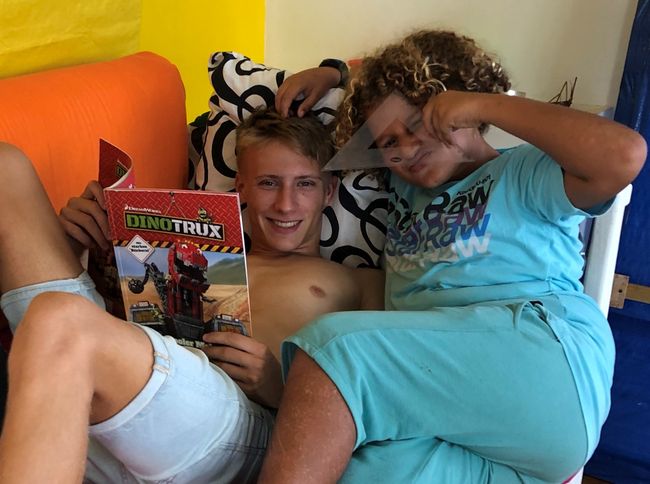
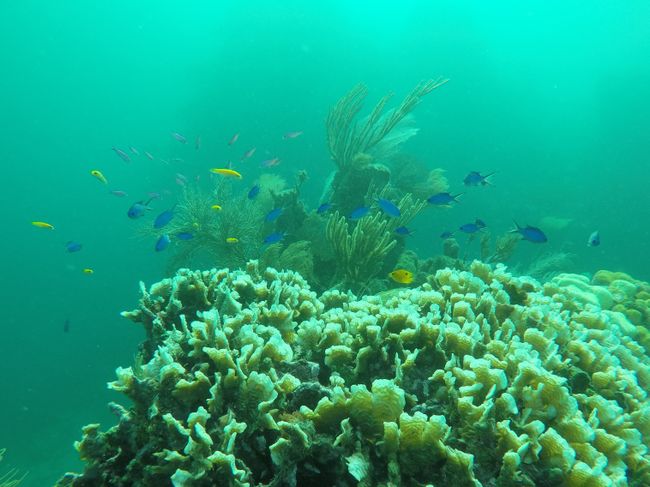
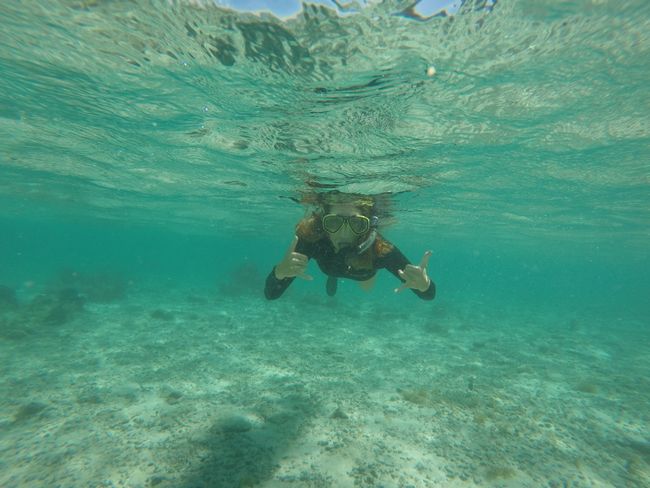
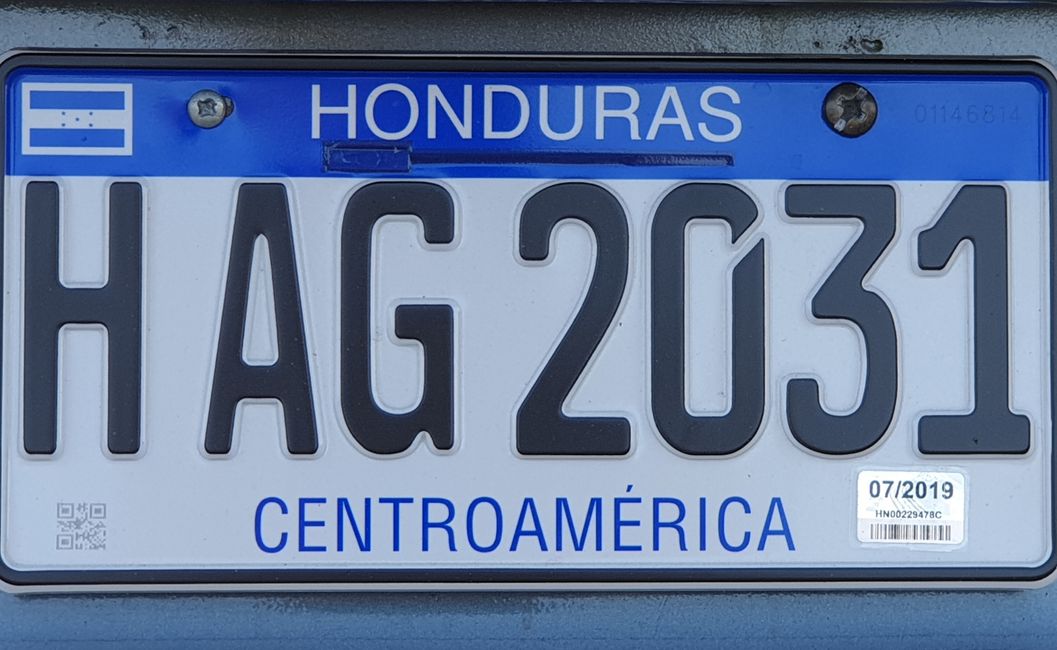
Подписаться на новостную рассылку
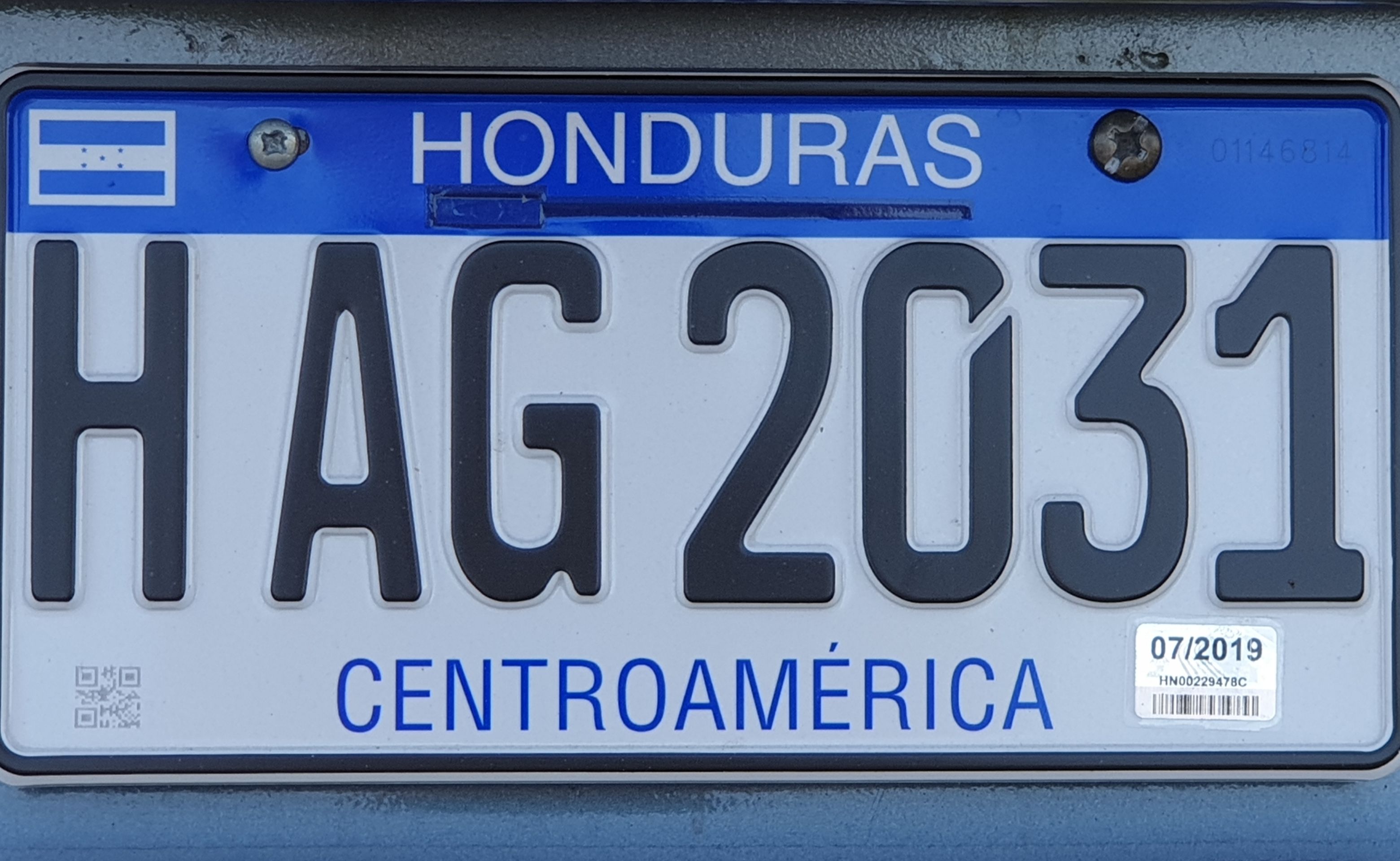
We had been looking forward to this for some time, and now the time had finally come: in mid-November we had the opportunity to spend several weeks with a family on the Bay Islands in Honduras. Today we look back on what may be the best stage of our journey.
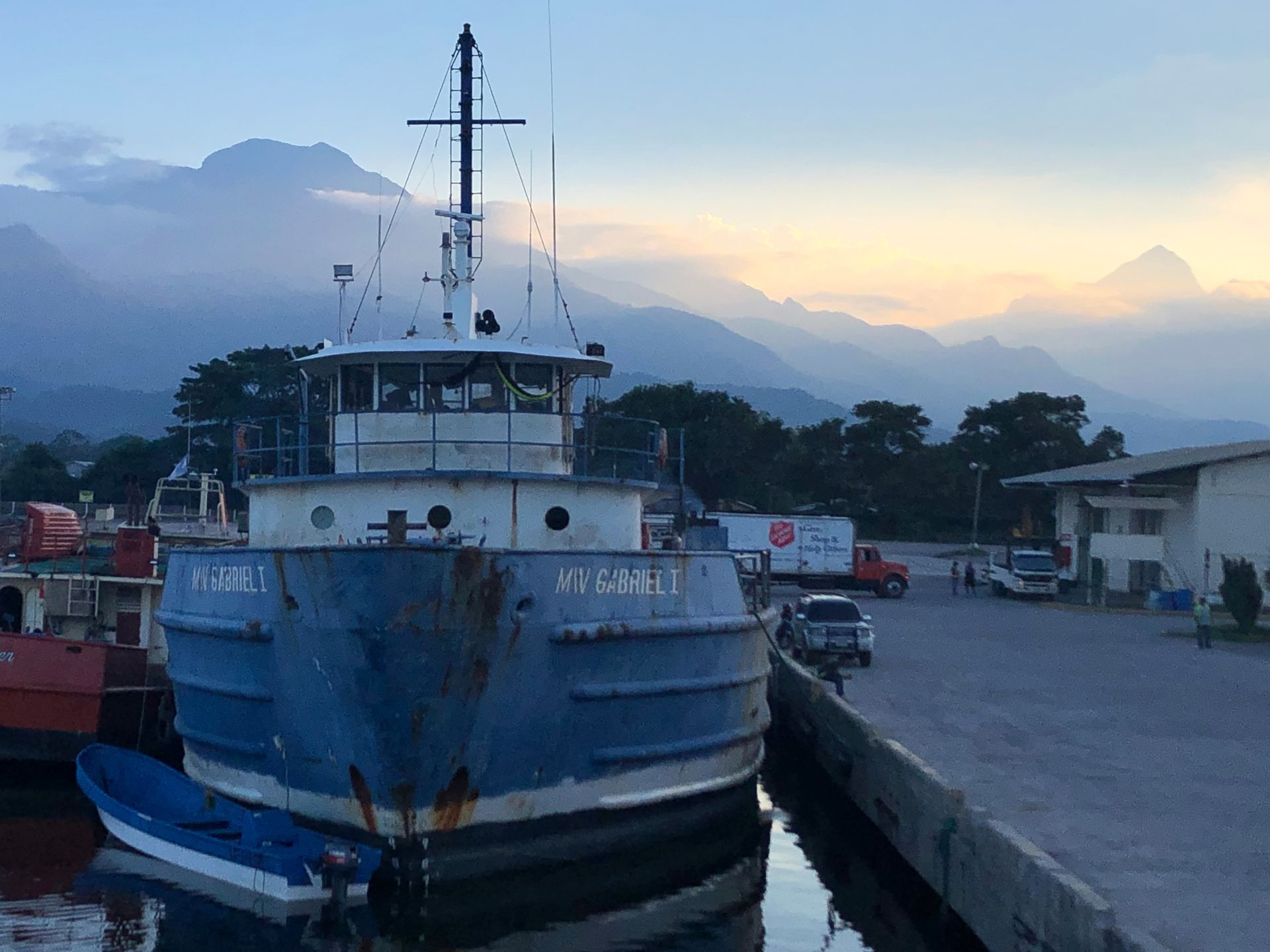
This fortunate coincidence began several weeks before our departure in Germany, when we registered with WorkAway.
WorkAway is a network that provides free accommodation and meals in exchange for daily work. Travelers can stay for free in many places, but they are obliged to fulfill a previously agreed upon work schedule. Various offers stand out, especially positions with local families, schools, hostels, or eco-projects. In addition to the desired win-win situation, the focus is on cultural exchange.
This is how we came across the extremely interesting profile of Anke. She is German, but has been working as a diving instructor on the Honduran "Bay Islands" for many years. She lives on a tiny island off Utila with her ten year old son Andres. Since Anke spends exciting but also long workdays on and under the water, she is happy to host WorkAwayers who take care of Andres, the dog Suki, and the house.
Fortune was on our side - during our time in Mexico, we received a positive response. A few weeks later, we took the ferry from La Ceiba to the Honduran Caribbean.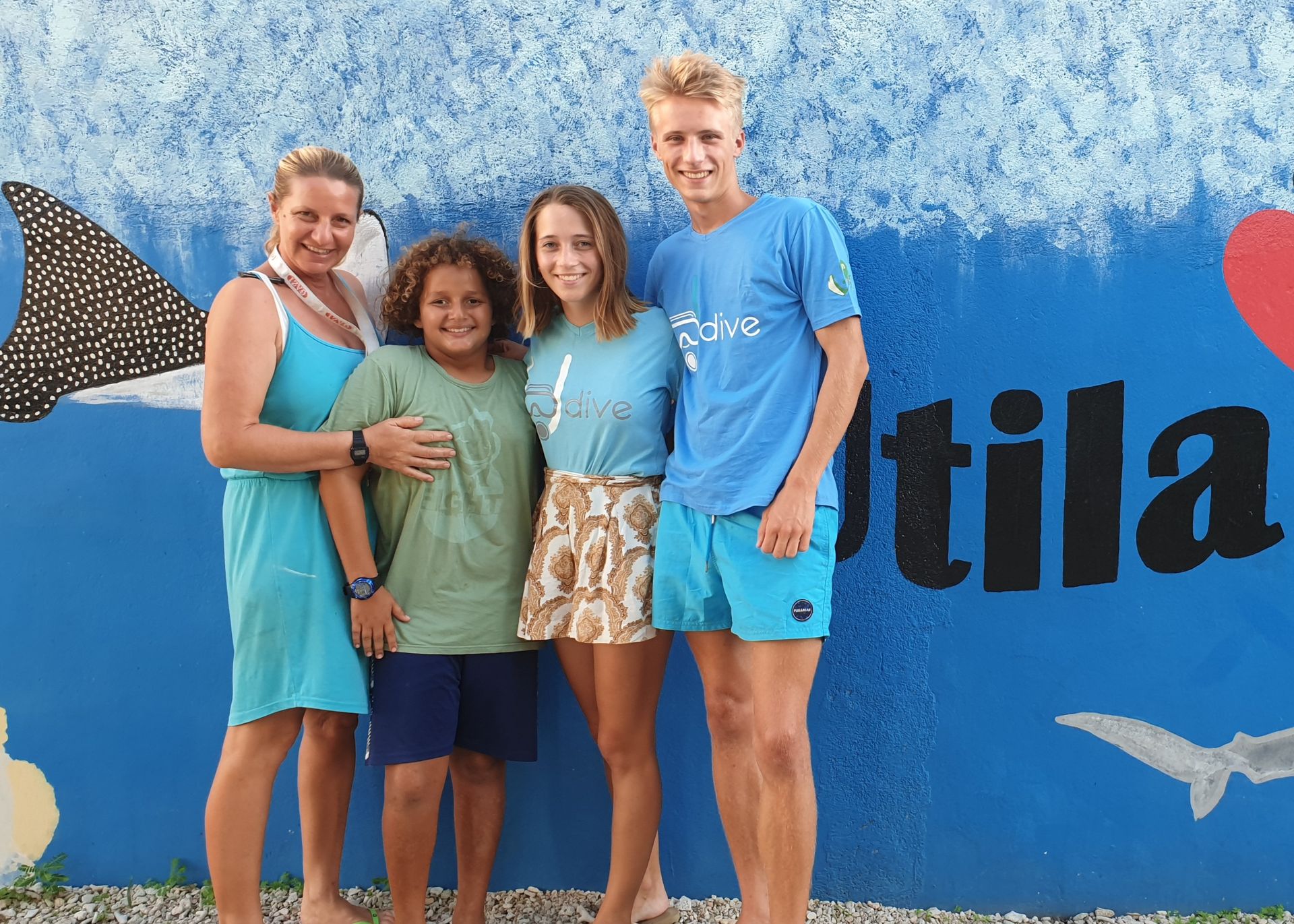
Life on stilts
The Bay Islands are primarily made up of two tourist diving paradises, Utila and Roatan. A twenty-minute boat ride from Utila, in the southwest of the island, are the tiny Utila Cays. An island chain of eight dreamlike pearls.
Only two of these islands are properly inhabited. Right next to the narrow bridge connecting the two islands, Anke's colorful house seems to grow directly out of the sea. To expand living space on the island, numerous houses have been built on concrete foundations or stilts in the sea and can only be reached via a narrow wooden bridge. Landfill measures are also being taken to protect against erosion and rising sea levels. As a result, the two islands have gradually merged more and more. The island structure is still so small that without the development, you would have a 360° ocean view.
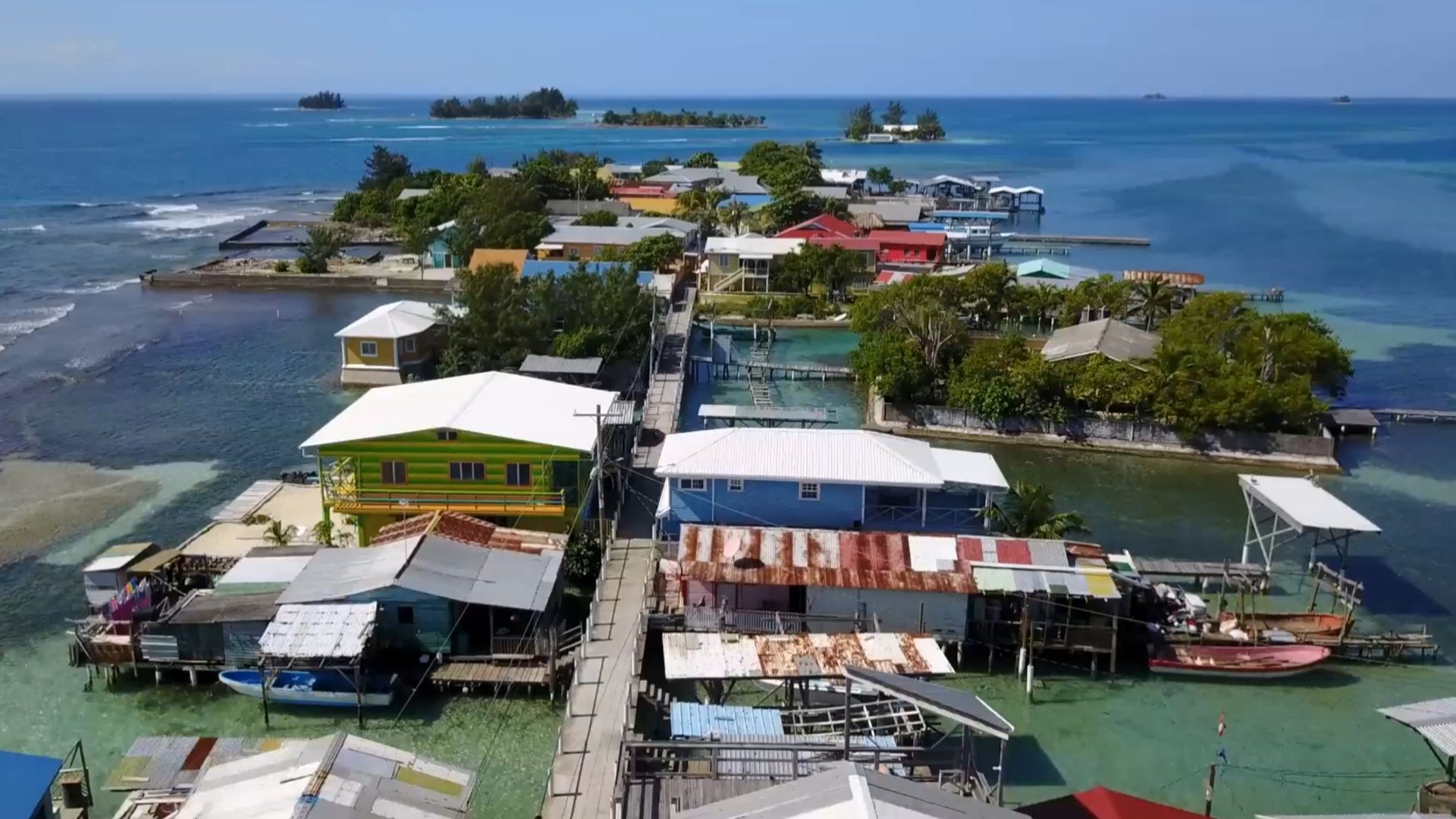
But the Utila Cays are not the home of wealthy foreigners, the local population is a mixture of Hondurans from the mainland and Creole-speaking islanders. Not far away and yet away from tourism, most families are involved in fishing and live in simple conditions. As guests in the living room of our neighbors, we were somewhat surprised to see the sea shimmering between the floorboards. Here people literally live on the water.
And yet the island idyll offers everything a simple life desires: the two small grocery stores are supplied with fresh fruits and vegetables twice a week. In the 'island school', a handful of teachers accompany the children from primary school to adulthood. If his boat doesn't have a motor failure, Captain Donald drives to Utila and back once a day.
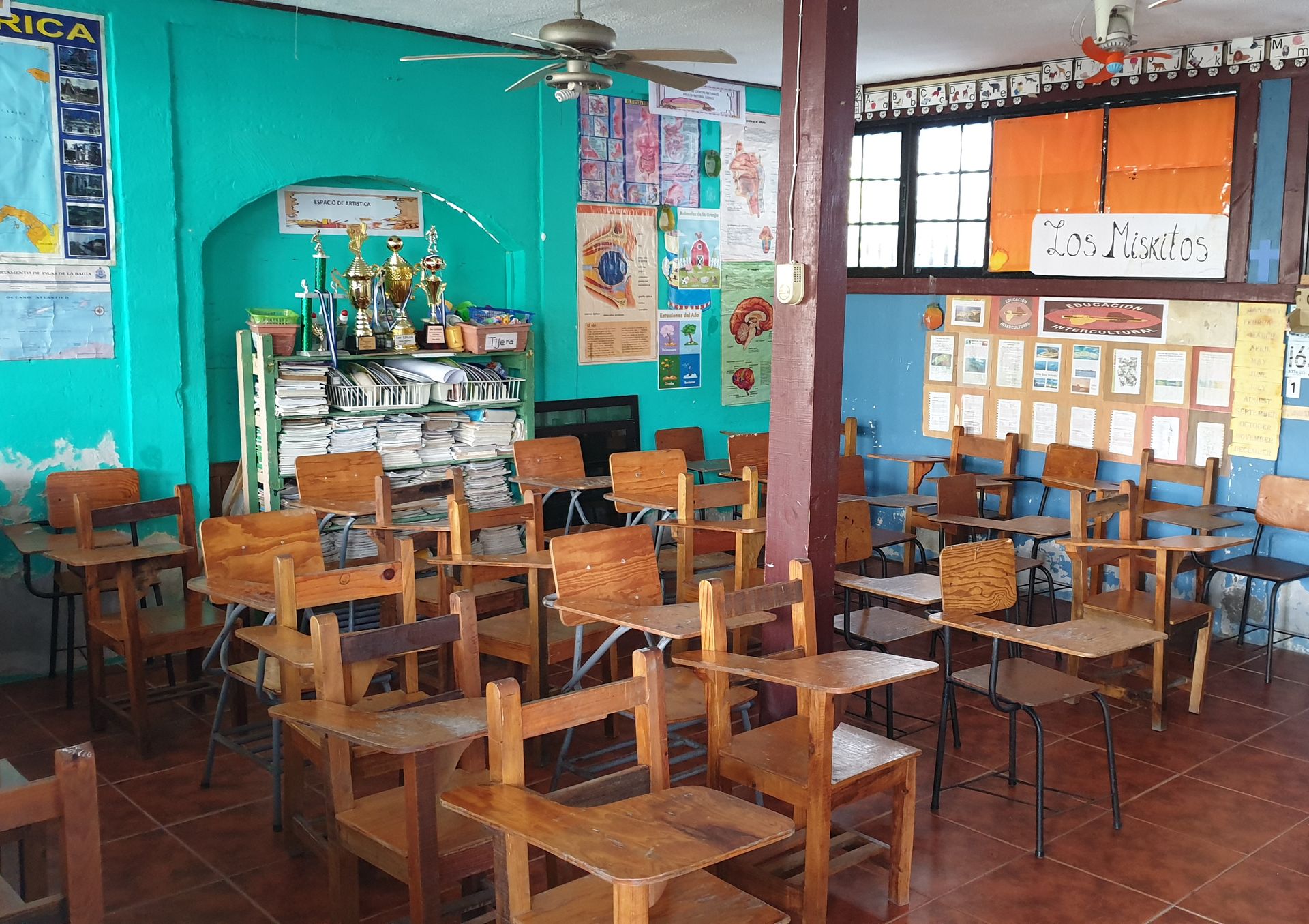
Everything is within walking distance within two minutes. No cars and scooters, not even bicycles, but almost every house has a boat dock built on stilts. The children here learn to boat at the age of eight, of course without a corresponding license. But 'practice makes perfect' applies not only to boating: fishing hooks, fishing line, and bait are available everywhere on the island, so the boys start early with their self-made fishing rods to hunt for the big catch. It is amazing with what naturalness the children move skillfully in the sea - the sailors of tomorrow.
The island residents' biorhythm is based on the sun. The village awakens at dawn, even before the sun rises. Freshwater and electricity are sought-after resources. Rainwater is collected in cisterns, and especially during the dry season, every drop of freshwater is precious. Electricity is only available via prepaid, and there are almost daily power outages. Without electricity, the pump at the cistern also stops working, so the whole island had to do without electricity and running water for 24 hours - an exciting experience for us.

Apart from what tourists are sold as "Caribbean island life" on the neighboring islands Utila and Roatan, we got to know the real life on stilts here.
Casa Colorada
Anke's house is well known beyond the island because it lives up to its name 'Casa Colorada'. The two-story wooden house is painted in bright colors, making it the most beautiful and certainly most noticeable house on the island.
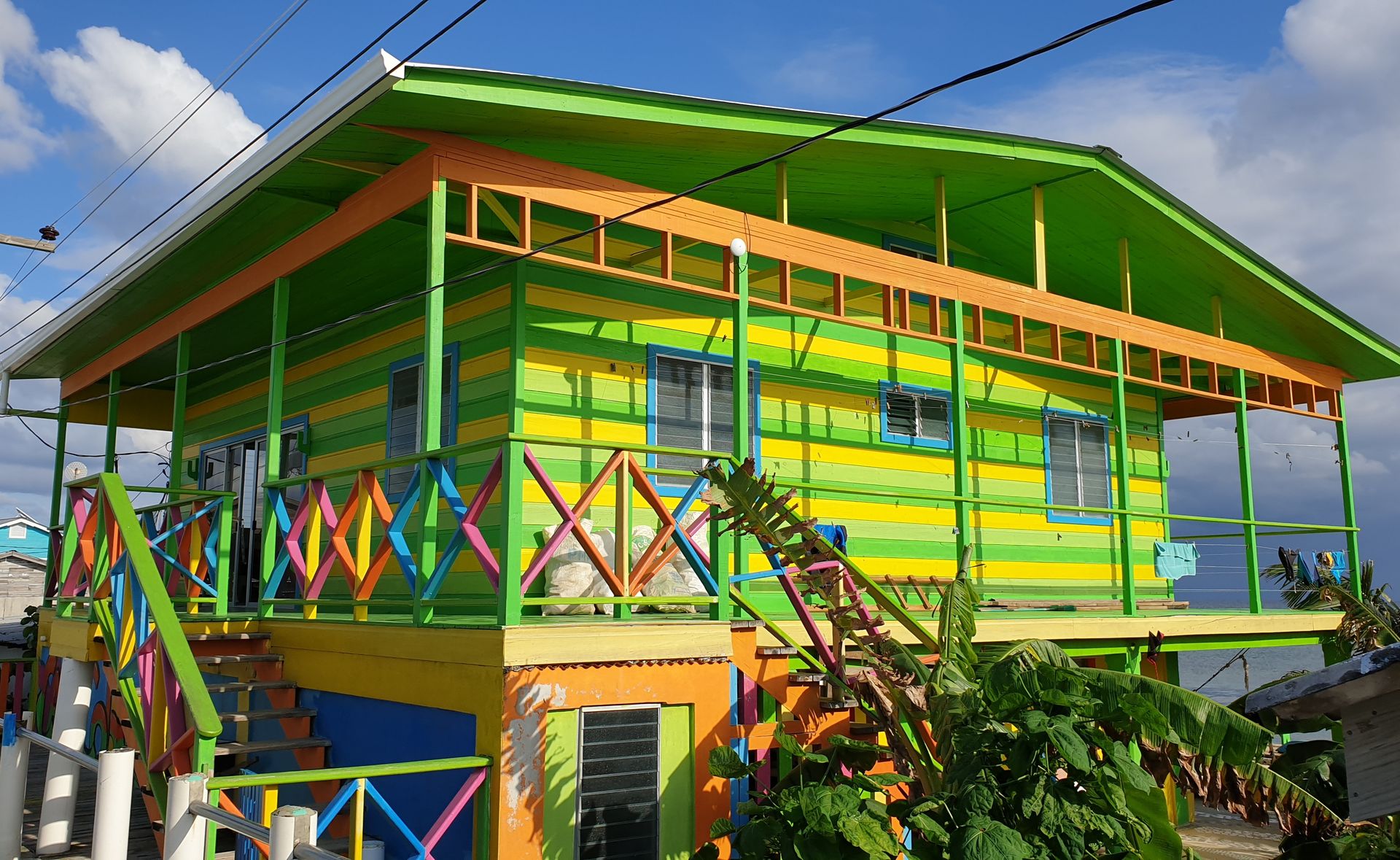
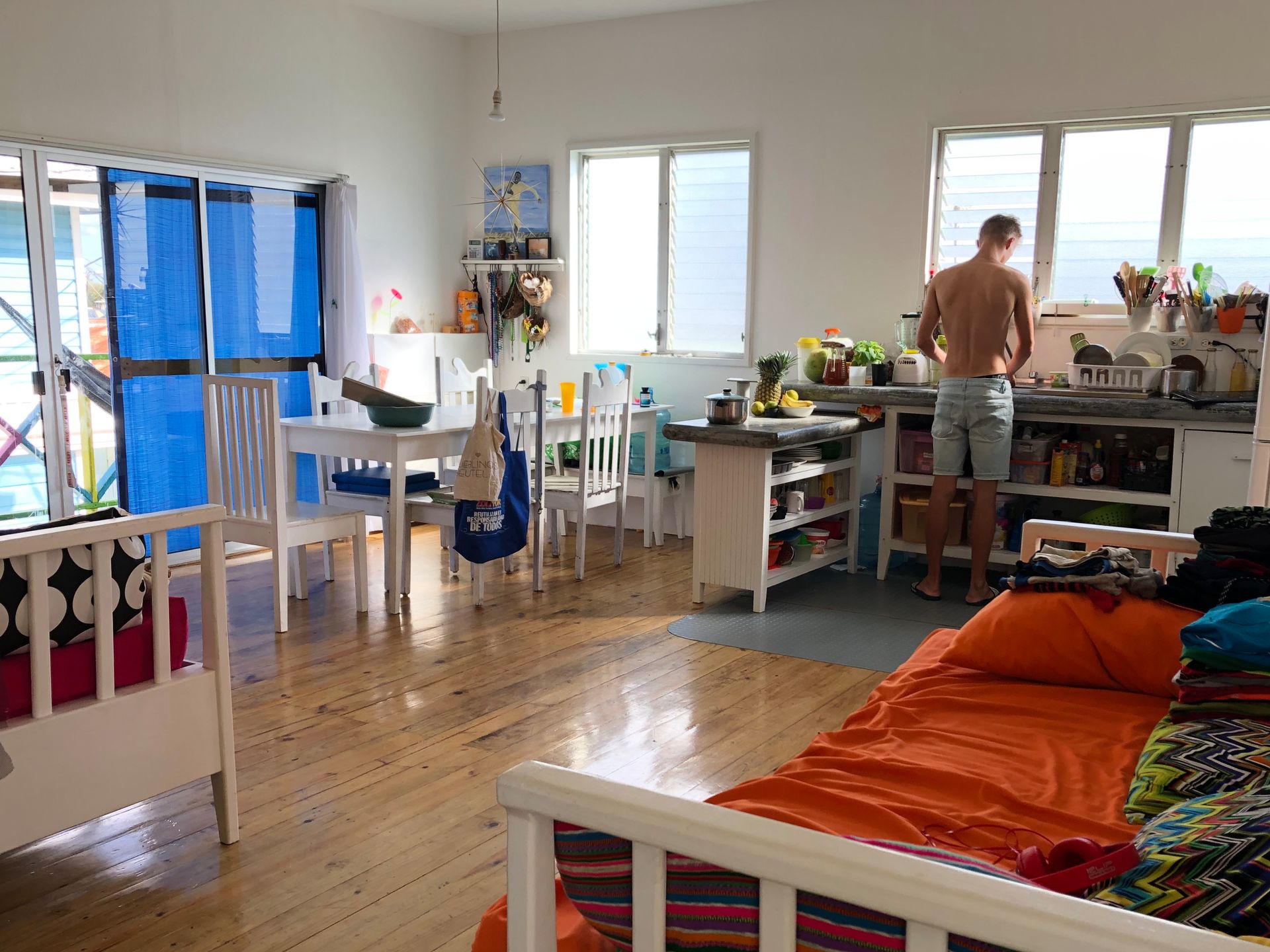
We were also amazed when Andres and Anke presented the house to us: cozy furnishings, a bedroom with a private bathroom, balcony, and sea view!
Certainly the most beautiful and comfortable piece of home on our entire journey. After all the short stays in dormitories, it was a real pleasure to unpack the backpack completely and enjoy the feeling of having arrived in one place. Somewhat ironically, despite the work, the next three weeks should feel like a vacation from the daily routine of traveling.
But the best is yet to come: since the islands are of coral origin, there is a coral reef - a coral garden - directly behind the house, practically in the garden. All in all, a true dream!
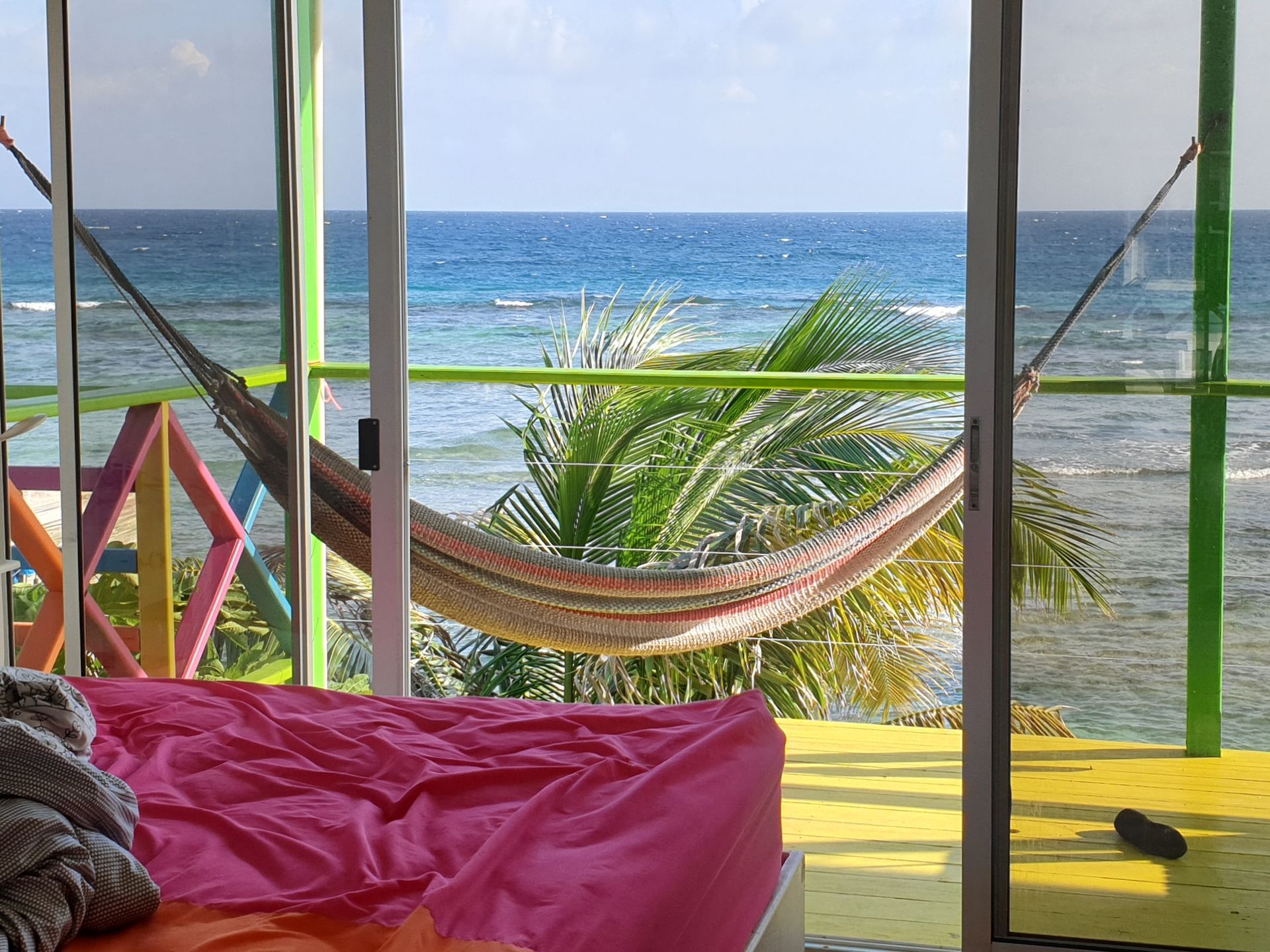
From the beginning, Anke and Andres welcomed us warmly. Many years ago, Anke started looking for happiness outside of Germany, made diving her profession, and ultimately built a life here. But she also sees her profession as a calling and tries to establish environmental measures to protect the oceans in cooperation with the island school.
Andres is half German, half Honduran, and is growing up trilingual because of his environment. For his ten years, he is very clever and at the same time extremely energetic.
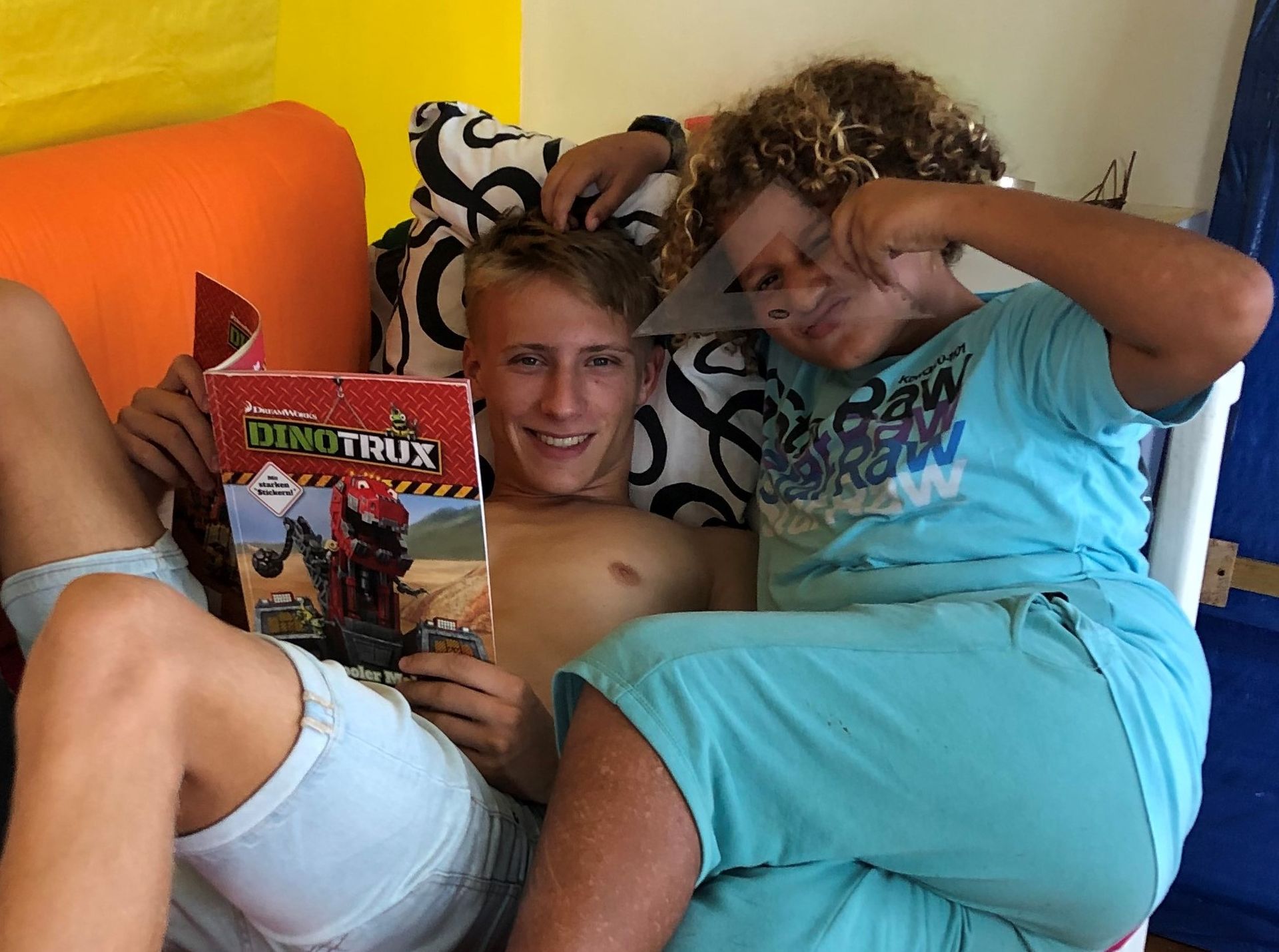
Our daily tasks include taking care of Andres, giving him German and English lessons, shopping, cooking, doing other household chores, and enforcing rules in Anke's absence. Especially the last one, the trial course 'being parents', proves to be an interesting experience and occasionally costs us a nerve or two.
Since Andres is currently on school vacation, we spend a lot of time together. In addition to our daily duties, we also have a lot of fun together every day. We don't miss any opportunity to kayak around the islands or snorkel behind the house.
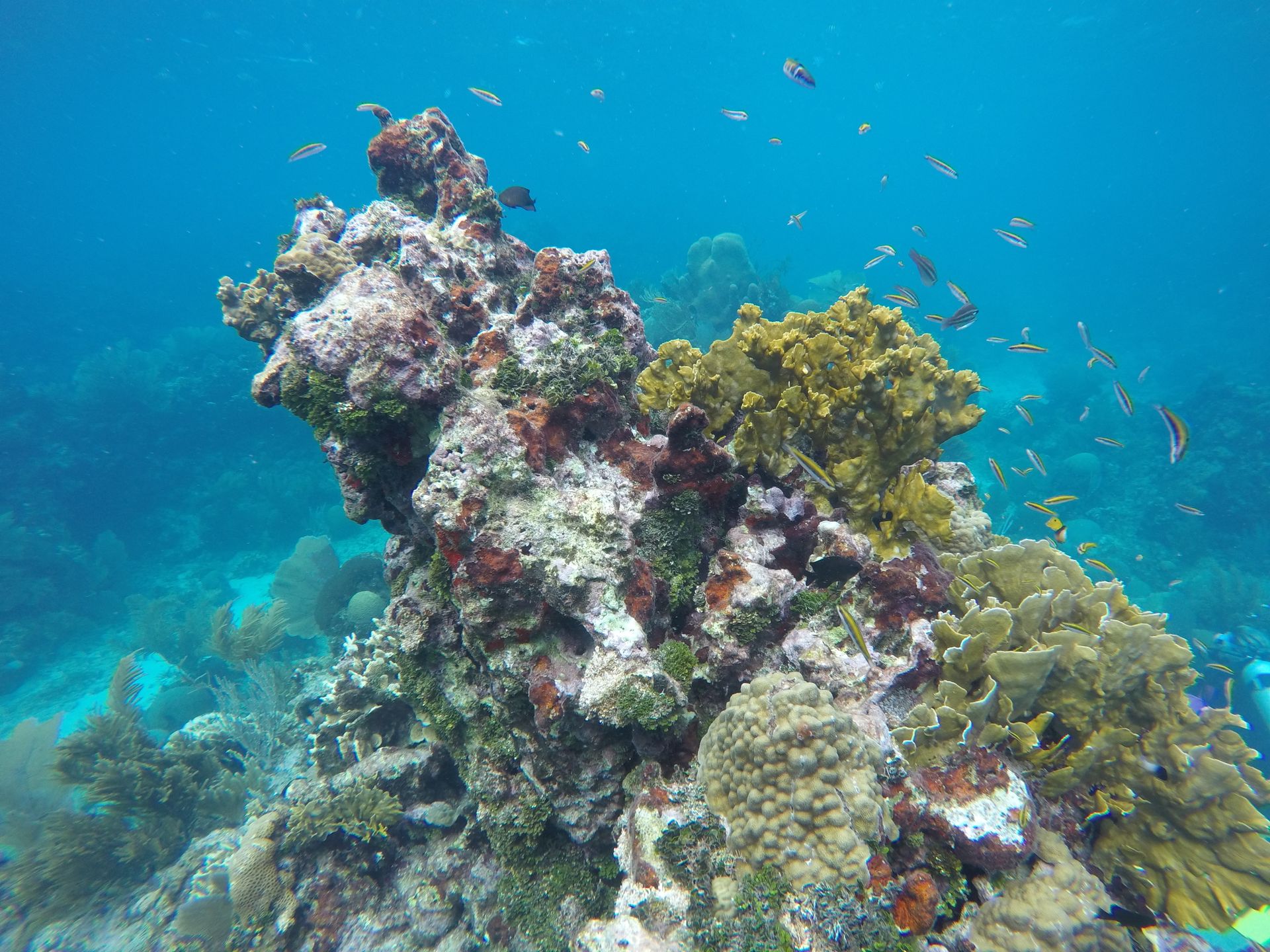
The dream of the coral garden
Exploring the virtuoso underwater world was by far our favorite activity. On friendly days, the light broken on the water's surface danced over the corals and light beige sand, making the entire reef shine in colorful colors. Sea anemones, parrotfish, snapper, barracuda, lobster, stingrays... a colorful hustle and bustle of various species. Between the corals, large glass fish eggs, poisonous companions, and disguised hunters like the scorpion fish lurk in the shelter of the rocks. In Belize, we had to spend a lot of money for a comparable snorkeling experience, here the ocean became part of our everyday life.

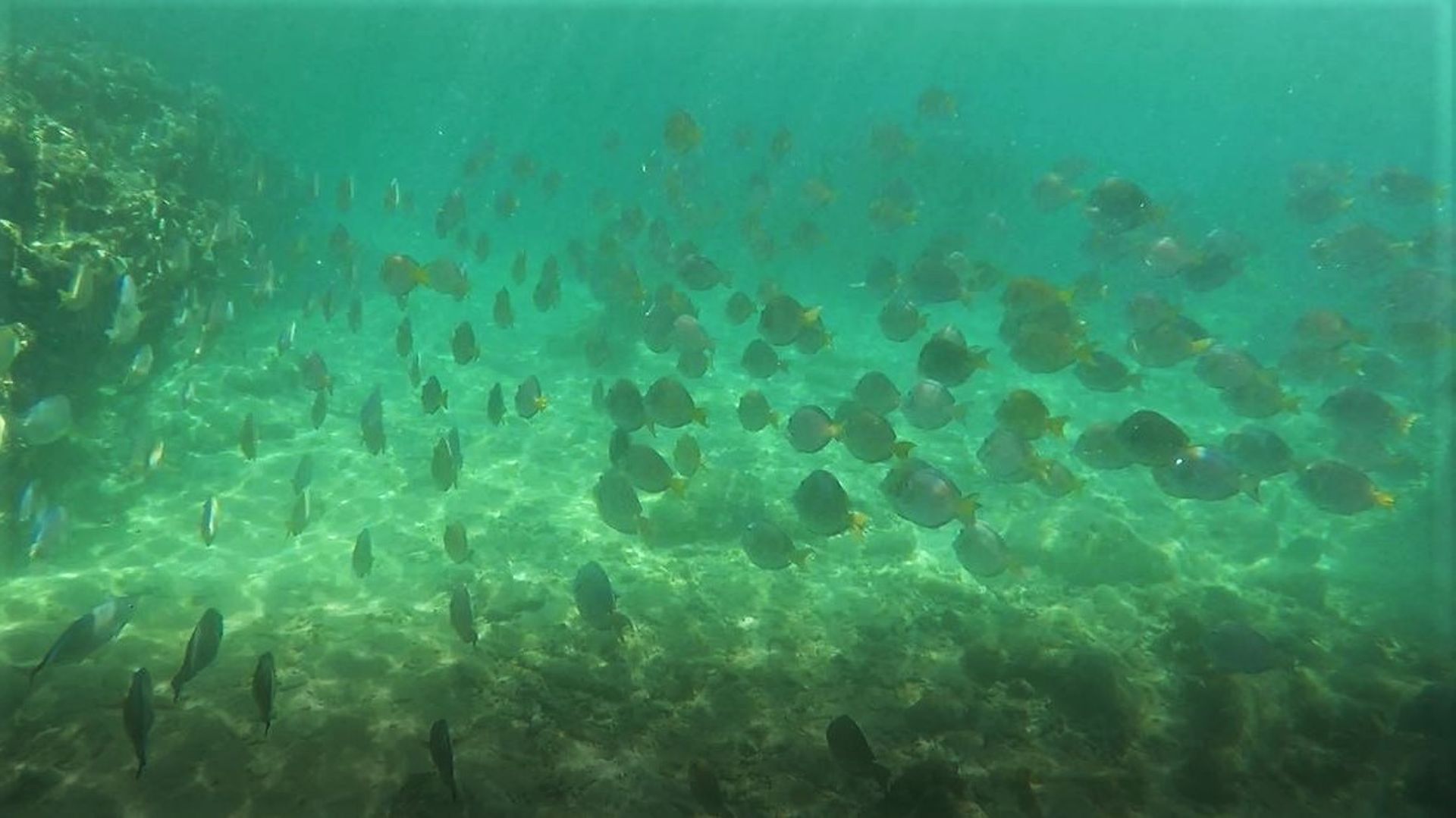
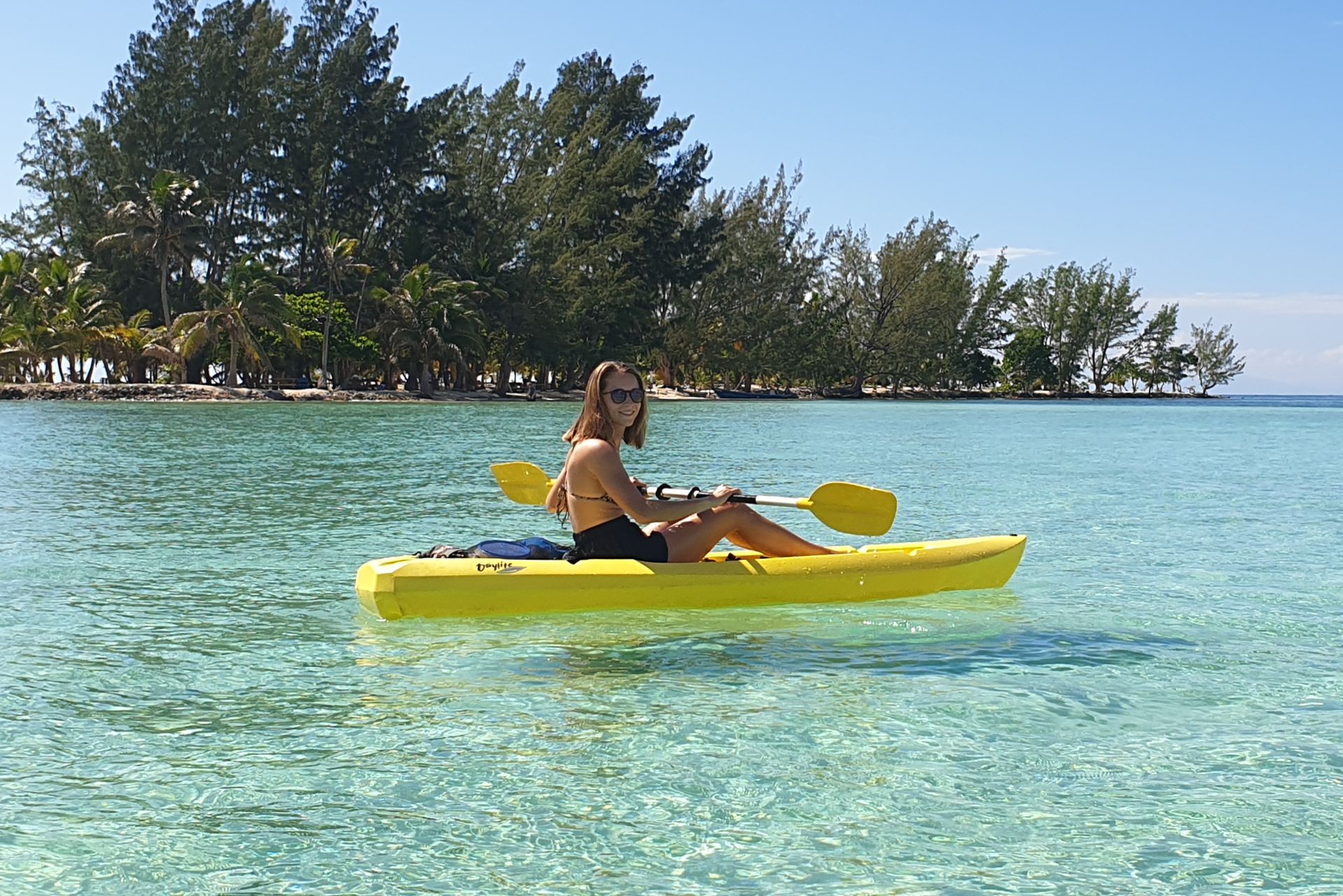
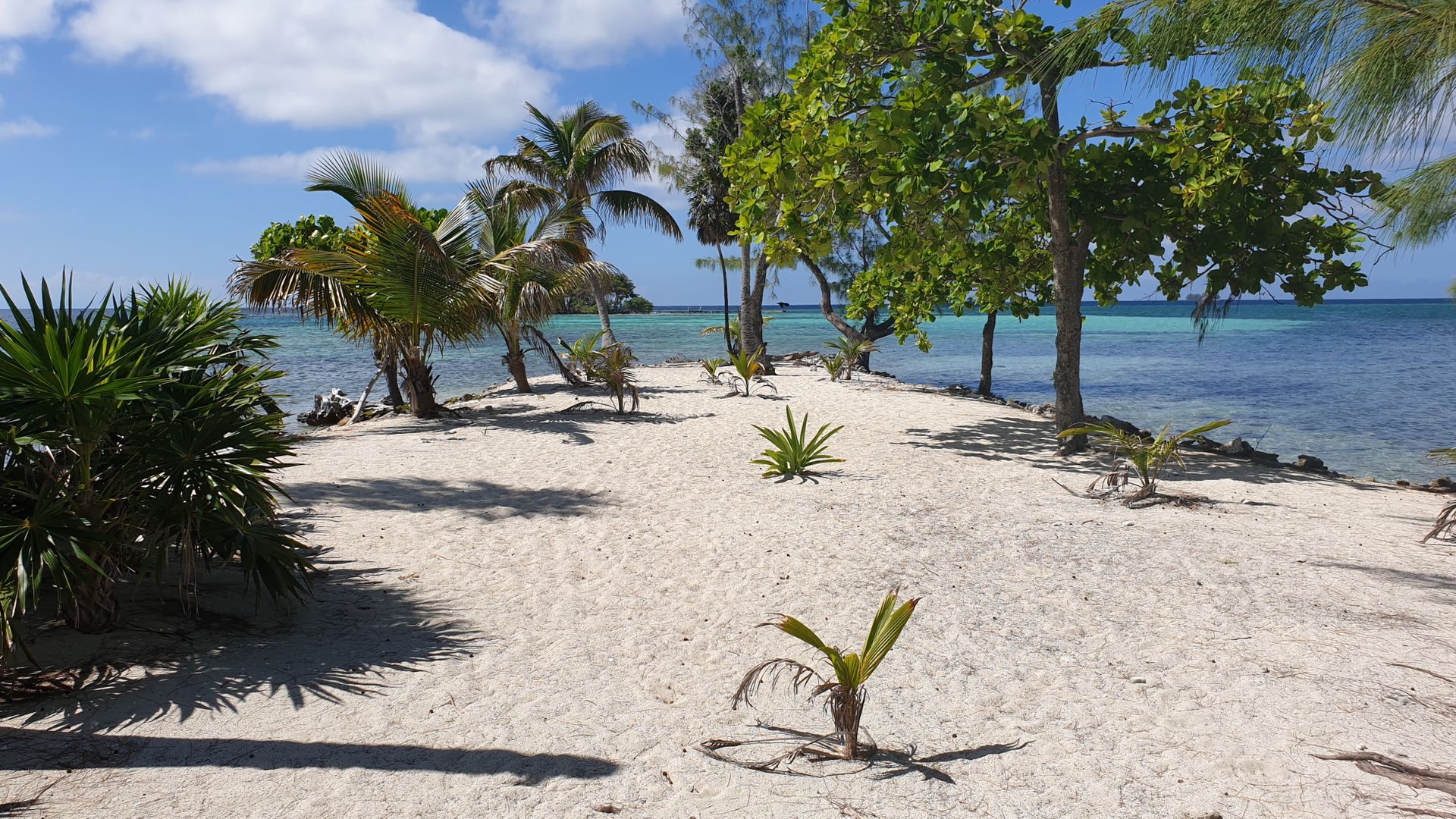

Dana's first birthday far from home will probably remain unforgettable. Andres made sure of that, devoting himself with great joy to the planning and inviting numerous friends.
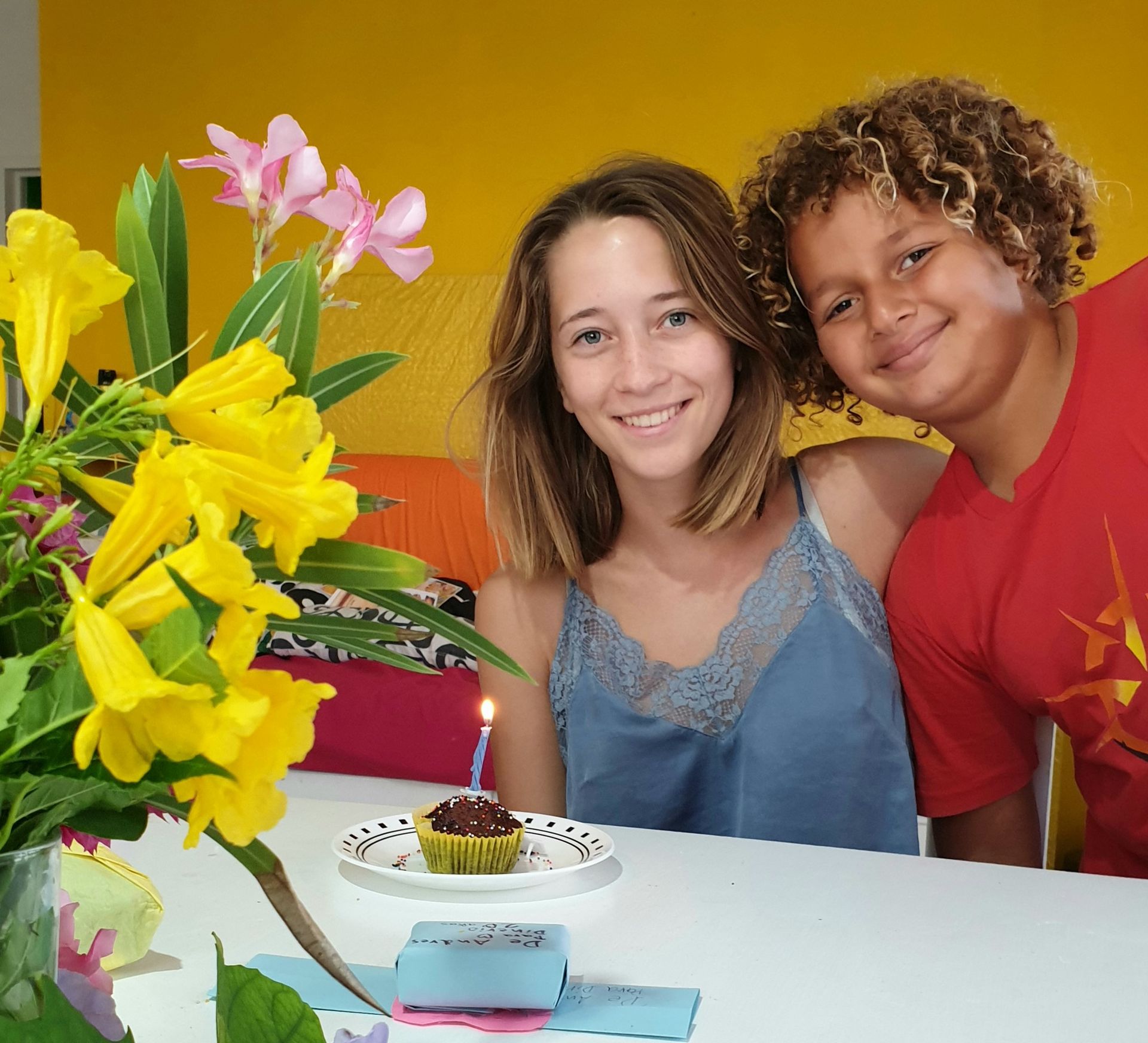
Everything went according to Dana's expectations until the delicious breakfast with the birthday cake. However, she still had a local birthday tradition to look forward to, which Andres had been particularly excited about for several days. Armed with raw eggs, Dana was chased around the island by Andres and his friends. Since the island consists only of one street, which becomes a dead end after 200 meters, Dana had little chance of escaping the attacks.
To the great joy of the many young guests, a piñata was smashed in the evening. All in all, a successful 20th children's birthday party!

The next report will take you on adventurous dives and report on the fight against plastic.
Saludos!
D&J
Подписаться на новостную рассылку
Отвечать
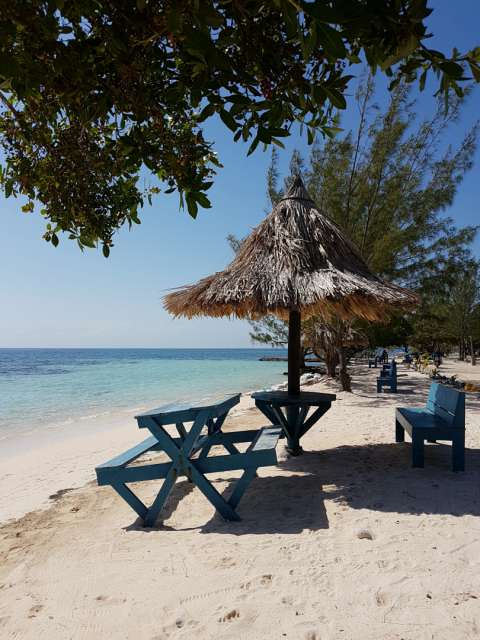
Отчеты о поездках Гондурас
